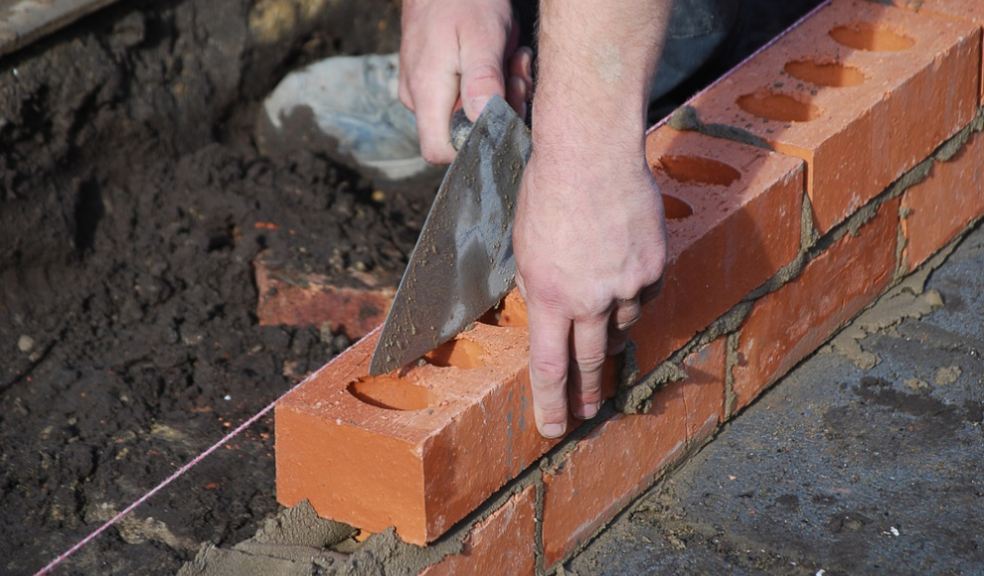
The Role of CE and UKCA Markings in Brick Selection Post-Brexit
Every top brick supplier in the UK with years of experience supplying UK building sites knows this: after Brexit, understanding CE and UKCA markings is non-negotiable. Hidden behind the bureaucracy is a system of quality, safety, and compliance that protects the end users.
This piece unpacks what every contractor, procurer, specifier, and so on, needs to know when selecting bricks in Great Britain, post-Brexit.
Some Context To Start: From CE to UKCA
Prior to January 1, 2021, all UK bricks were made and certified under the EU’s Construction Products Regulation (CPR). That meant bricks had the CE mark, indicating compliance with harmonised EU product standards (e.g. BS EN 771-1 for clay bricks).
Even in a no-deal Brexit outcome, the standards were carried over into UK law but rebranded under the new regime.
Since July 1, 2025 (initially scheduled for January 2023 but since extended), UKCA markings have become mandatory for construction products in Great Britain, while CE marks remain valid for legacy stock and Northern Ireland, which falls under EU rules.
What Does This Mean For Brick Makers?
The CE Marking shows that a brick meets EU standards and has been assessed by a recognised EU Notified Body under the CPR.
UKCA (UK Conformity Assessed) shows compliance with UK’s retained CPR and requires testing by a UK Approved Body registered in the UKMCAB database.
What the switch means for bricks is that they must be retested or reassessed in the UK. Even though UK harmonised standards were initially a one-to-one copy of EU ones, divergence will occur over time. That’s just how bureaucracies, and therefore government regulations, work.
On-Site Impacts
Working with these regulations on-site matters because of the following reasons:
- Legal Compliance- The key point to note is that any brick made after July 1, 2025, for use on a GB site must show UKCA marking. However, CE bricks that were made before this date can still be used during the transition period. Overall, your focus should be on the date of manufacture, not just when they are bought or used.
- Traceability- Bricks marked UKCA must also have a UK Declaration of Performance (DoP), including manufacturer, year, performance levels, harmonised standard reference and assessment body. You’ll find this information on the packaging or in technical datasheets.
- Harmonisation and divergence- While performance is currently equivalent across CE and UKCA bricks, this might change in the future. Suppliers and procurement officers bear the main responsibility of checking for proper documentation and compliance before the bricks land on site.
Northern Ireland’s Special Exemptions
Northern Ireland still aligns with EU product rules due to the Protocol. Therefore, CE marking is still required there. If a brick is approved by a UK-approved body (UKCA), it must also have the UK(NI) marking alongside CE when sold in Northern Ireland.
Bricks that are headed for both Great Britain and Northern Ireland could bear both UKCA and CE + UK(NI) for full compliance.
How Do You Choose Bricks Confidently
Here’s what UK builders need to keep an eye out for when ordering or specifying bricks:
- Check the marking- GB sites need UKCA bricks while NI sites require CE, plus UK(NI) if UK-approved testing was used.
- Confirm the declarations- DoP must clearly list the performance metrics for things such as water absorption and compressive strength. Ensure that you also reference the correct standard.
- Verify the approved body- It must be listed in the UKMCAB database. It’s the best way to ensure legitimacy.
- Audit certificate dates- Older bricks tested under EU Notified Bodies before 2021 remain valid in GB until mid-2025. After that, you’ll only be able to use UK-approved assessments.
Potential Challenges and Best Practices
What does all this mean for your sourcing practices? Let’s break it down:
- Capacity issues may arise- UK labs and UK Approved Bodies are fewer than EU ones, meaning it could take longer or cost more to certify your products. As such, plan orders early.
- Product specs documentation- Remember to request both CE/UKCA marks and DoP documentation to have an easier compliance verification process.
- Pockets of supply confusion- Some older CE-only bricks may still be in circulation. Ensure they were manufactured and certified before 2021 and only used before mid-2025 on GB sites.
While there could be some hope that the compliance may be streamlined, there is no such thing yet. Procurers and suppliers have to assume that regulatory standards will diverge and future-proof their businesses against that inevitability.
Going forward, ensure your brick procurement, site compliance, and suppliers are UKCA-ready. That’s the pathway to responsible, future-proof building in a post-Brexit Britain.











